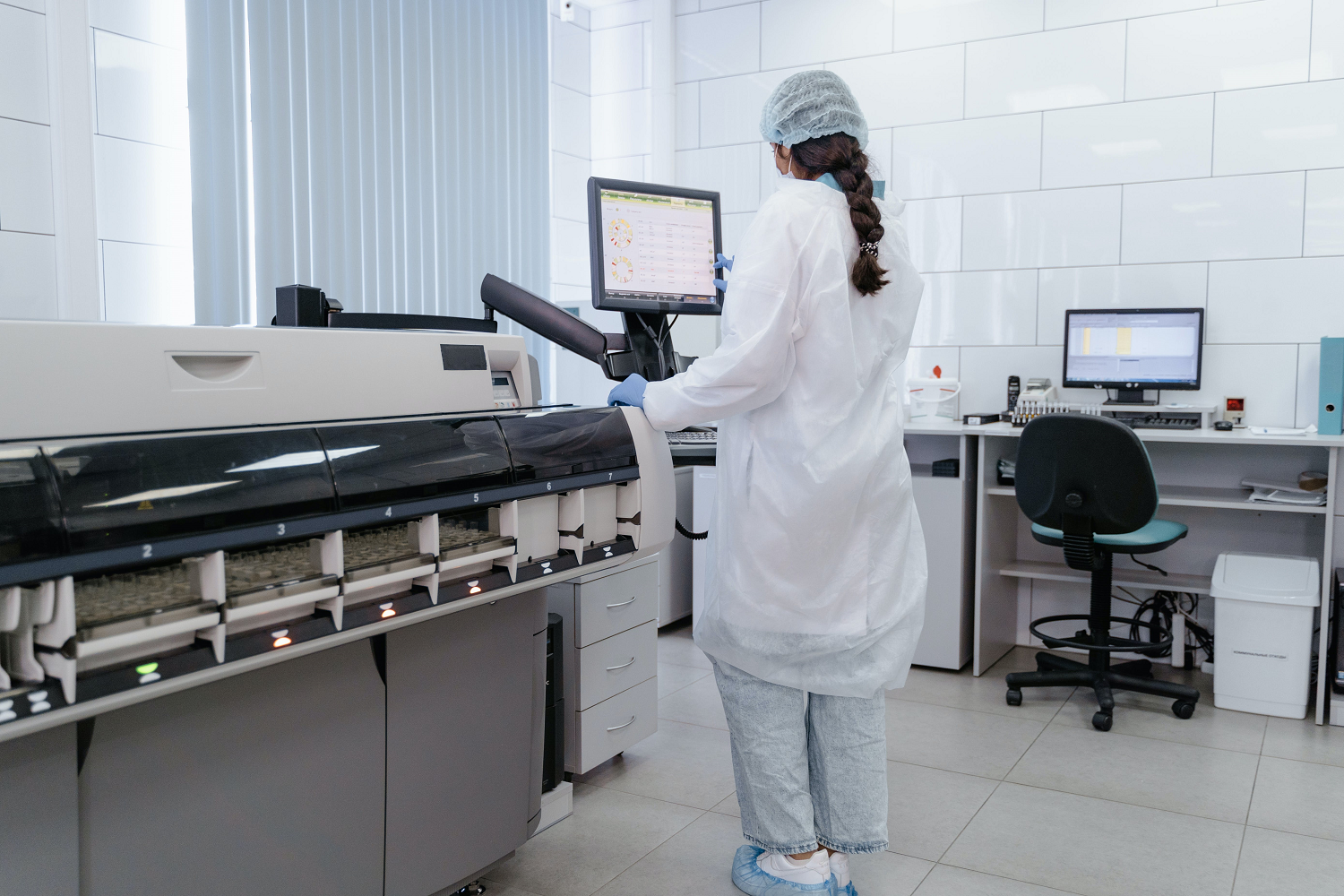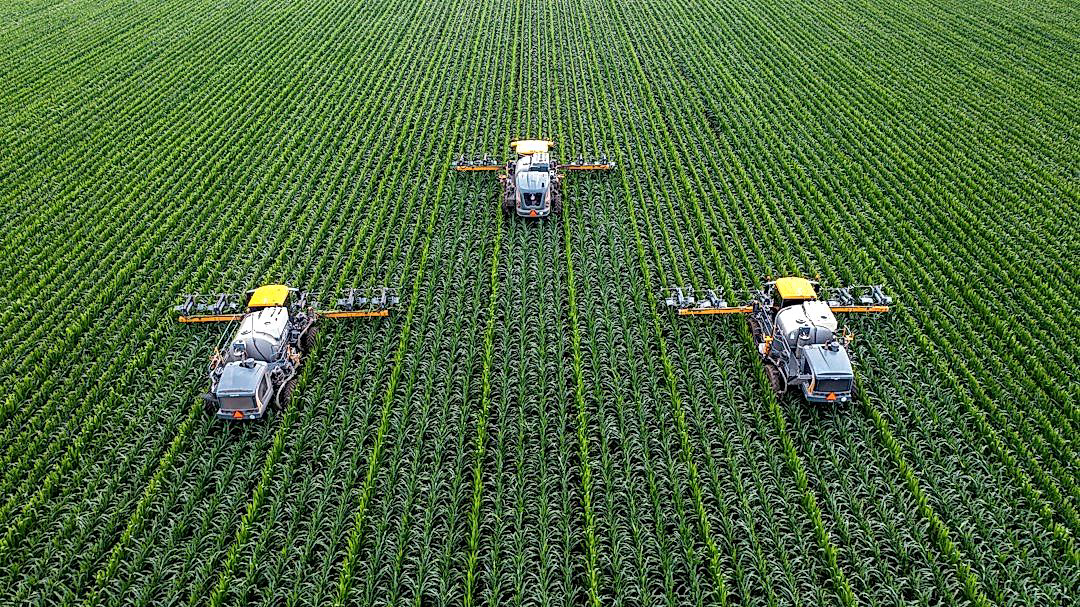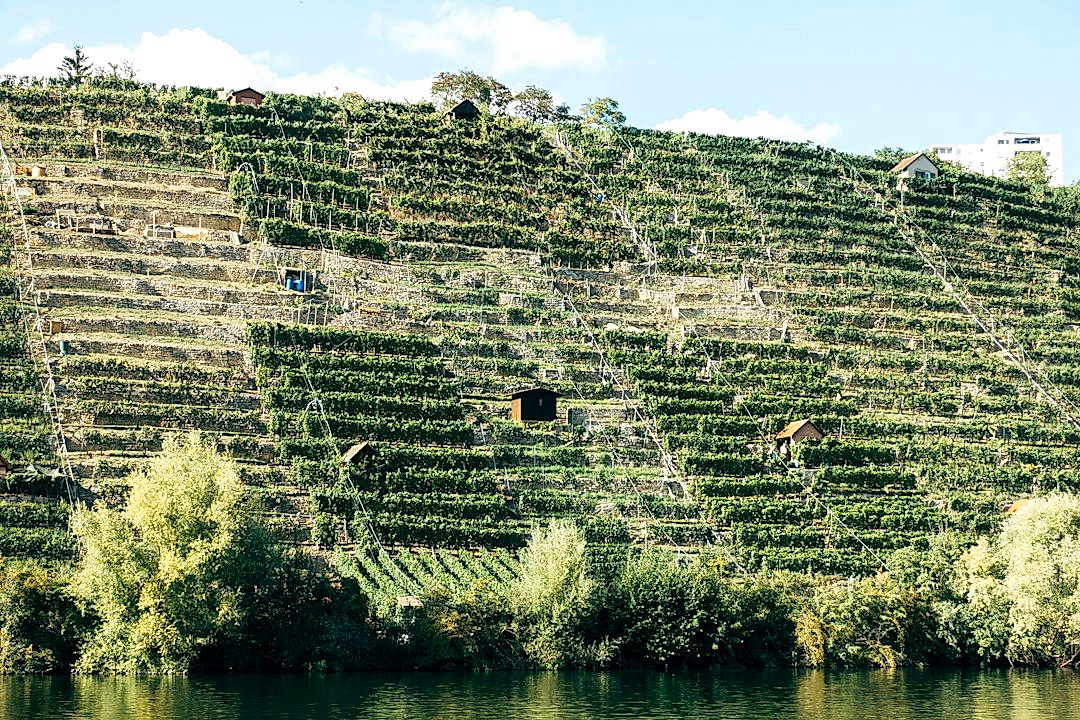In the world of agriculture, a new era of efficiency and productivity is rapidly taking root.
The catalyst for this transformative change is the burgeoning field of robotics.
From sowing seeds to harvesting crops, robotic technologies are streamlining processes previously reliant on human effort.
With the aid of these advancements, farmers can develop sustainable practices while significantly boosting produce quality.
This adoption of cutting-edge tools reflects a broader movement of digitization and automation across industries.
As we delve into this topic further, it becomes evident how robotics is reshaping the future of farming.
Robotics Revolutionizing Produce Farming Efficiency
1. Automating tedious tasks like planting and harvesting.
Technology advancements have been instrumental in transforming multiple industries, more so in the agricultural sector.
Over the years, robotics technology has been increasingly adopted in farms to increase the efficiency of the agriculture process.
The advent of farming machinery like automated planting and harvesting robots has played a significant role in revolutionizing the traditional farming practice.
Robotics has made it possible to automate tedious tasks like planting and harvesting, thus immensely increasing farming efficiency.
These robots have been designed to precisely carry out the mundane and labor-intensive tasks with a high degree of precision.
With the use of advanced sensor technologies, robotics can now accurately sow seeds at specific depths and spaces in the soil, acting as an automated planter.
This, in turn, increases the seed germination rate, directly impacting the overall yield.
Moreover, these machines are not just limited to planting; they are also utilized in harvesting crops once they are ready.
Automated harvesting robots have the capability to swiftly harvest the produce, ensuring that none of it gets spoiled due to delayed harvesting.
With their ability to work longer and without fatigue, these robots can work day and night, significantly reducing harvesting time.
These machines have not only saved labor costs but also provided a solution to problems like labor shortages during peak seasons.
The automation of such tedious tasks is a step forward in making farming a profitable venture for farmers.
More importantly, the transition from manual labor to automation also has an environmental advantage.
Since robots use electric power or biofuels, there is a substantial reduction in the carbon footprint as opposed to the traditional diesel-operated machines.
Overall, the automation of tedious tasks like planting and harvesting via robotics is a significant stride in the flight towards sustainable farming.
As the technology evolves, one can only expect this automation to get more sophisticated and efficient, thereby revolutionizing produce farming further.
2. Precision watering reduces waste and boosts yield.
One of the remarkable applications of robotics in produce farming is in the arena of precision watering.
By definition, precision watering utilizes advanced technology to deliver water to crops in a manner that is both efficient and need-specific.
Robotics has made this technique a practical reality, saving gallons of water daily and significantly reducing waste.
The integration of automation in irrigation practices is a breakthrough point in attaining water efficiency.
This technology not only saves water but has the potential to boost farmer’s yield as well.
Robotics uses sensors and AI to monitor a plant’s need for water and deliver it right when and only where it’s needed.
This approach allows plants to receive optimal water levels, thus enhancing their overall health and productivity.
In addition to saving water, precision watering can also reduce the likelihood of diseases that are typically associated with overwatering or underwatering.
Automated irrigation systems can independently activate or deactivate sprinklers based on the moisture content in the soil, resulting in a more efficient use of resources.
This technique also helps to minimize labor costs, as farmers no longer need to manually water their fields.
Such savings in cost can be an advantage for farmers, especially for those managing large-scale agricultural operations.
It is not an overstatement to note that the use of robotics in watering crops fundamentally alters agricultural practices, making them more sustainable and efficient.
The increase in yield is a direct result of optimized watering, which ensures that no plant is left underwatered or overwatered.
Therefore, precision watering, facilitated by robotics, not only reduces waste but also enhances produce farming efficiency by boosting the overall yield.
With the ongoing stress on water resources, implementing such techniques in agriculture is not just beneficial but imperative.
3. Consistent, 24/7 monitoring of crop health.
In the new era of agriculture, constant vigilance is becoming increasingly crucial to ensuring crop health and ultimately, farm viability.
Robotic technology allows for a level of consistent, around-the-clock monitoring that would be impossible for human labor to match.
Various sensors integrated into robotic systems can monitor a wide range of critical health indicators including plant hydration, nutrient levels, and signs of disease or pests.
These uninterrupted observations can eliminate the risk of overlooking potential issues that could escalate into bigger problems if not promptly addressed.
The data collected from this continuous monitoring process can be used to tailor farm management strategies to the specific needs of individual crops, improving both farm efficiency and produce yield.
This kind of precise, data-informed approach to managing crop health can significantly reduce waste and increase productivity.
The introduction of robotics in farming acts as a virtual guardian over crops, watching over their health and development, detecting anomalies, and taking quick action when necessary.
Moreover, the continuous operation of these robots also makes them ideal for long-term health tracking of crops throughout their growth cycle.
This persistent observation and data collection can reveal trends or patterns in plant health, further enhancing the understanding of optimal growing conditions and practices.
Over time, accumulated data and pattern recognition can result in proactive measures to prevent future potential issues before they manifest, thus optimizing overall production.
Many of these robots also boast advanced imaging technology that can capture detailed images, aiding in the earlier detection of disease or insect infestations.
These capabilities represent a major leap in proactive crop health management and disease prevention.
Early detection and prompt action can help mitigate damage and safeguard the quantity and quality of the farm’s produce.
Additionally, precision monitoring reduces the need for broad-spectrum treatment of crops, as any necessary treatments can be applied in a much more targeted way.
The ability to spot apply treatments not only results in resource efficiency but also aids in maintaining a healthier, more sustainable farming system.
It’s clear, then, that through its potential for consistent, 24/7 monitoring of crop health, robotics is truly revolutionizing produce farming efficiency on multiple fronts.
4. Efficient pesticide and fertilizer application.
Farming, by its nature, involves complex and multi-faceted processes, including ensuring that crops receive the right amount of nutrients and protection from pests.
Today, robotics play a vital role in the precision application of necessary growth components like fertilizers and pesticides.
The use of robotic technology in farming presents a more efficient and sustainable way of handling pesticides and fertilizers.
By employing robotic technology, farmers can achieve the optimal balance needed for crops to thrive while minimizing waste and environmental damage.
One of the main challenges in conventional farming is achieving the precise application of fertilizers and pesticides.
Too much or too little can harm the plant, reduce yield, and contaminate the environment.
Robots, however, with their cutting-edge sensors and data processing capabilities, can control the application of these substances with unparalleled precision.
By using different types of sensors like multispectral and hyperspectral sensors, robots can detect the health of a crop efficiently.
Such information enables robotic systems to determine the exact quantity of pesticides or fertilizers required by each plant.
This level of precision allows for an optimal growth atmosphere and limits the excess runoff of these chemicals into nearby water systems.
Robots can even be programmed to target specific pests, reducing the need for blanket pesticide applications that may harm beneficial insects and fauna.
This targeted approach reduces cost, waste, and environmental impact.
Furthermore, robots can apply fertilizers and pesticides at the right time, taking into account various environmental parameters like moisture, temperature, and light intensity.
Overall, the application of robotics in this area of farming profoundly reduces operational time, making agriculture more efficient and sustainable.
The continual evolution of robotic technologies promises to make this process even more advanced and efficient in the future.
Thus, through intelligent, precise, and efficient application of pesticides and fertilizers, robotics are revolutionizing farm productivity and sustainability.
5. Automated Data Collection for Informed Decision-Making
One of the most valuable innovations made possible by the use of robotics in produce farming is the ability to automate data collection.
This might seem incidental to the process of farming, but data collection plays a pivotal role in agriculture.
Through measurement and monitoring, farmers are able to accurately gauge the health and progress of their crops.
In the past, this was a daunting task that required manual labor, time and expertise.
However, with the advent of robotic technologies, the data collection process can now be automated, thereby saving farmers valuable time and resources.
Farmers no longer need to manually measure and monitor each plant. With the help of robotics, hundreds of data points can be collected simultaneously and processed in real time. This not only saves labor costs, but also enhances the accuracy of the resulting data.
Another major advantage of automated data collection is that it allows for informed decision-making.
When farmers have accurate, real-time data about the condition of their crops, they can make data-driven decisions about when to plant, water, and harvest.
Additionally, they can identify any potential issues or diseases early on and take preventive measures to mitigate them.
This is a drastic improvement over traditional farming practices where decisions were often based on intuition or experience rather than hard data.
For instance, a farmer might observe that a certain type of crop does not fare well under certain conditions and decide to switch to a different type.
However, with robotic technology and automated data collection, precise information about the specific issues affecting the crop can be identified.
Consequently, the farmer may be able to resolving the issue without resorting to changing the entire crop.
Moreover, automated data collection can streamline the resource allocation process on a farm.
By accurately assessing the needs of the crops, farmers can ensure that resources such as water, fertilizers, and pesticides are used efficiently and in optimal quantities.
Ultimately, automated data collection using robotics is revolutionizing produce farming, leading towards greater efficiency and sustainability in the agriculture industry.
The Bottom Line
It has become evident that the agricultural sector is experiencing a groundbreaking transformation due to modern technology and automation.
From automating repetitive tasks, optimizing watering systems, to consistent crop health monitoring, the benefits are significantly profound.
More efficient and targeted application of pest control and fertilizer are feasible now, leading to healthier crops and improved yields.
Automated data collection and analysis are guiding farmers in the decision-making process, enabling the industry to be more sustainable and profitable.
This overall positive shift is paving the way for a more efficient, innovative, and sustainable future for agriculture.




